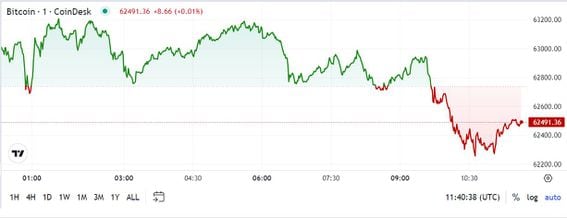
ETH’s onchain and derivatives data are looking stronger even as macroeconomic data remains concerning.
Ether (ETH) price experienced a sharp 33.9% decline from $3,203 on Aug. 2 to $2,188 on Aug. 5, reaching its lowest level in over seven months. This crash followed a broader market correction in the crypto sector. However, with Ether's price rebounding by 23.7% from its Aug. 5 low in less than 36 hours, traders are now questioning whether ETH can reclaim the $3,000 mark.
To understand whether this bounce from the Aug. 5 lows is sustainable, it's essential to analyze the factors that triggered the initial price drop. Some analysts suggest that the Japanese stock market initiated the sell-off after the Nikkei 225 suffered intraday losses of 13% on Aug. 5. This movement followed the Bank of Japan’s decision to raise interest rates for the first time in 17 years on July 31.
Despite the Nikkei 225 closing only 4.6% down on Aug. 5, the effects were felt across all markets. The S&P 500 index dropped 3%, and gold fell 2.7% from its Aug. 5 high to $2,477. Ether's decline was more pronounced due to the higher volatility inherent in the cryptocurrency sector and the excessive leverage used by ETH bulls. This disparity also explains how Ether managed to reclaim the $2,500 level on Aug. 6.





